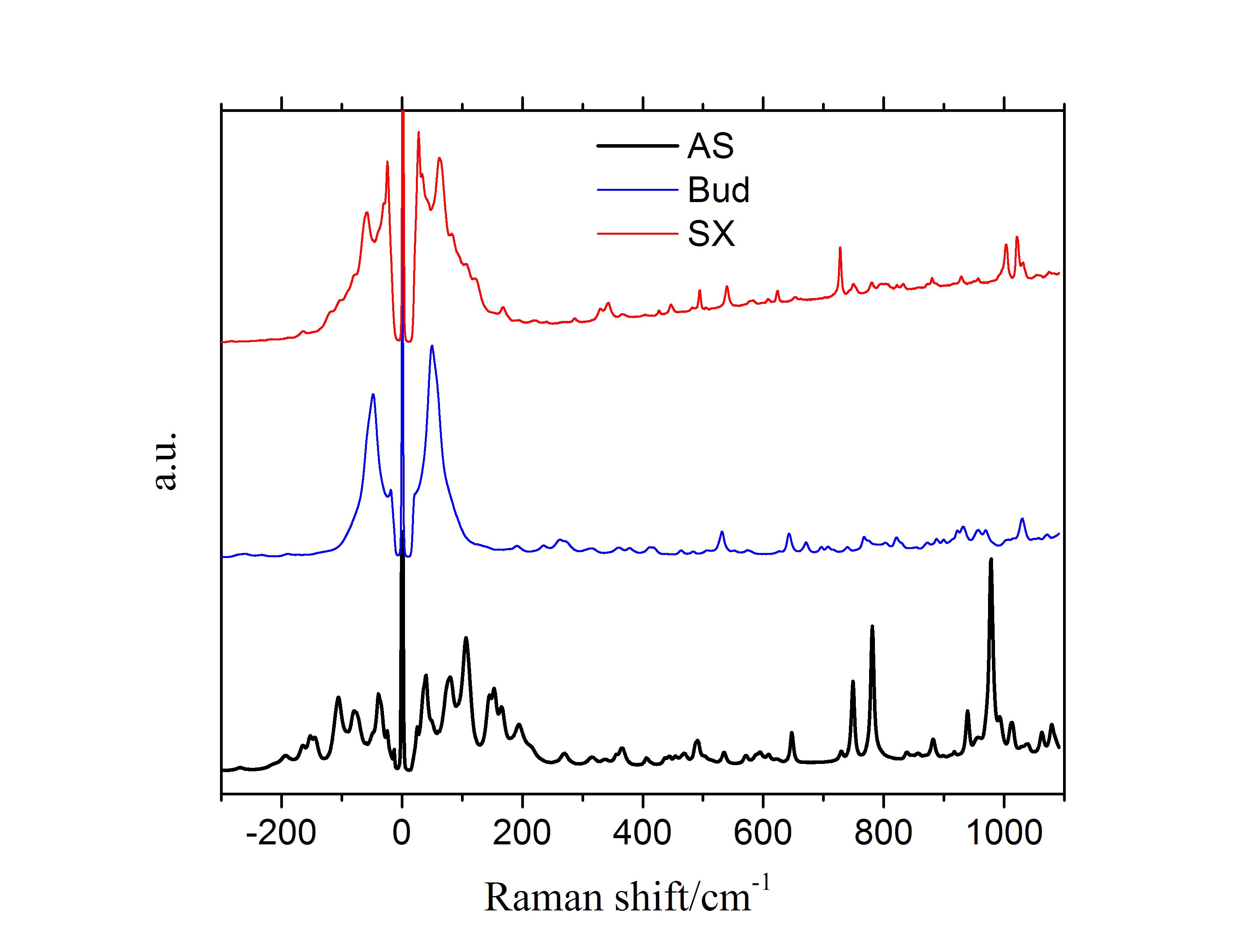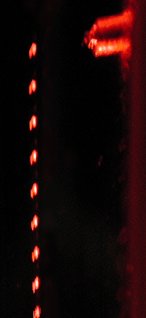
| FACULTY OF ENGINEERING | UNIVERSITY OF ALBERTA |
 |
|
|
|
|
Particle Design Microparticle design has been a focus of innovation in industry and academia in recent years. Several pharmaceutical development programs utilize particle engineering to design structured microparticles but suffer from a lack of adequate understanding and appropriate design tools. Structured microparticles enable novel products that address significant unmet needs. Areas of application include solid state stabilization of biologics and next-generation inhalation therapies. Particle design research in the group is focused on
several topics:
physiochemical stabilization of labile pharmaceuticals and
biopharmaceuticals; optimization of particle
properties for aerosol drug delivery; and improvement of the
consistency and uniformity of particle production
processes. Available particle production tools include a Buchi
Nano Spray Dryer with controlled environment enclosure, a
Buchi B190 spray dryer with low humidity / low temperature drying
capabilities, and a new custom reseach spray dryer.
Particle Formation
Particle, Powder, and Aerosol Analysis Adequate physical characterization of structured microparticles is a significant challenge. The Particle Engineering group utilizes low frequency shift Raman spectroscopy for detection and quantification of different chemical species, and differentiation of physical state (e.g. crystalline vs. amorphous, crystal polymorph) in combination powder formulations. A custom designed uniaxial compression density analyzer allows us to study the packing and elastic behaviors of particles in bulk. Additional in-house capabilities include particle sizing (cascade impaction, aerodynamic time-of-flight, photosedimentation) and Karl Fischer titration. We also collaborate with other researchers at the University to provide a full spectrum of physical characterization tools (SEM, SEM/EDX, FIB/SEM, DSC, XRD). |
 |
University of Alberta Privacy Policy Email Webmaster |
 An area of
focus for the Particle Engineering Group
is particle formation from evaporating microdroplets
with dissolved or suspended phase; this process
is relevant in spray drying, aerosol drug delivery, and
atmospheric aerosols.
An area of
focus for the Particle Engineering Group
is particle formation from evaporating microdroplets
with dissolved or suspended phase; this process
is relevant in spray drying, aerosol drug delivery, and
atmospheric aerosols.